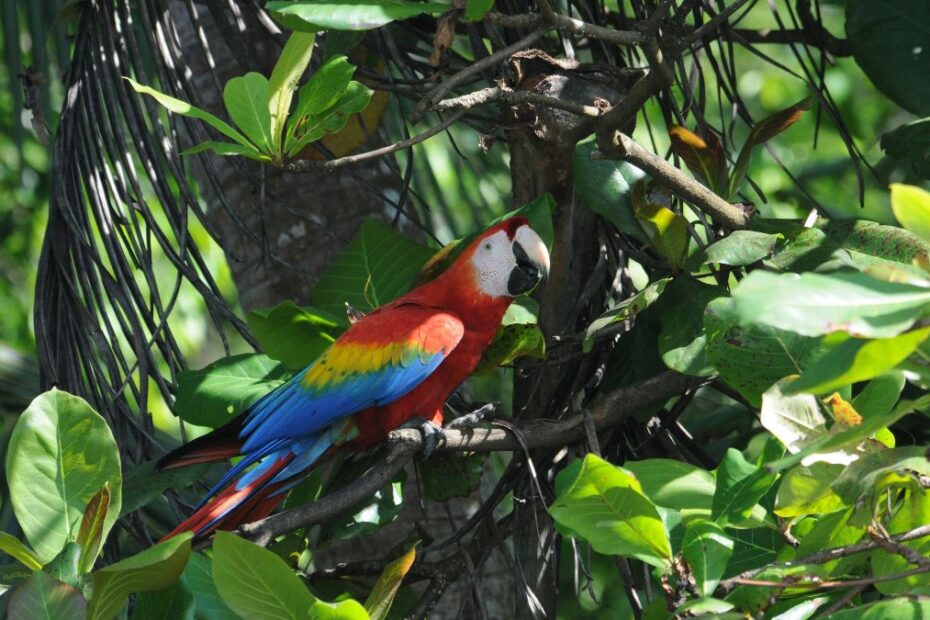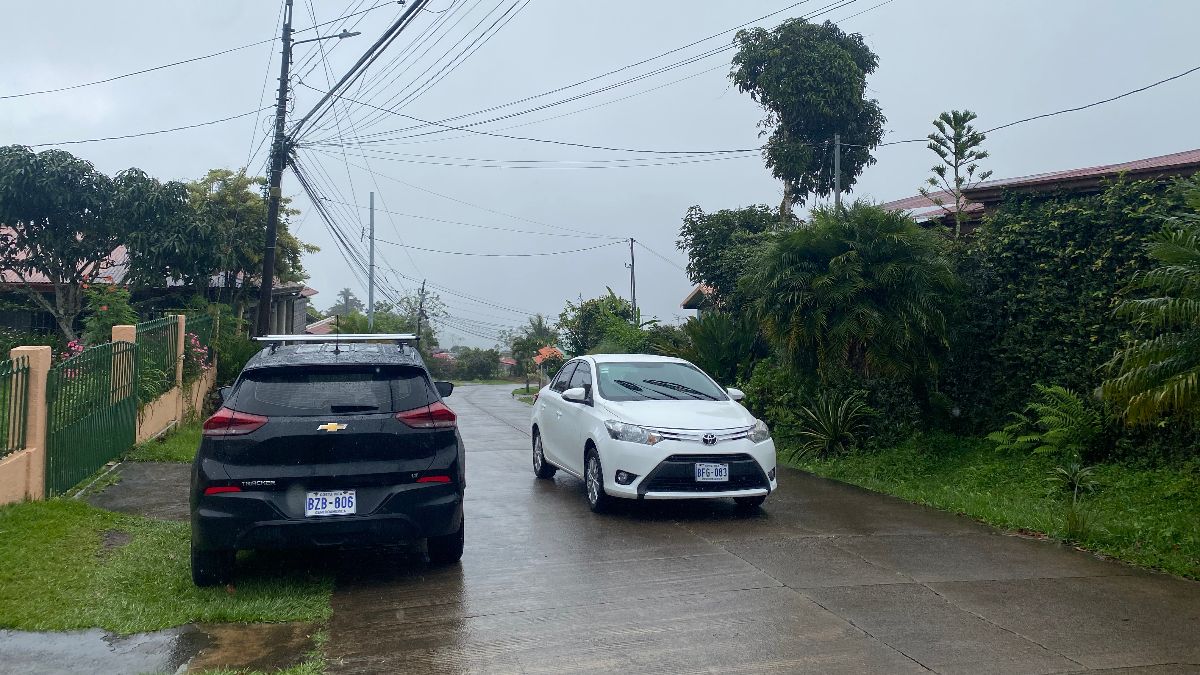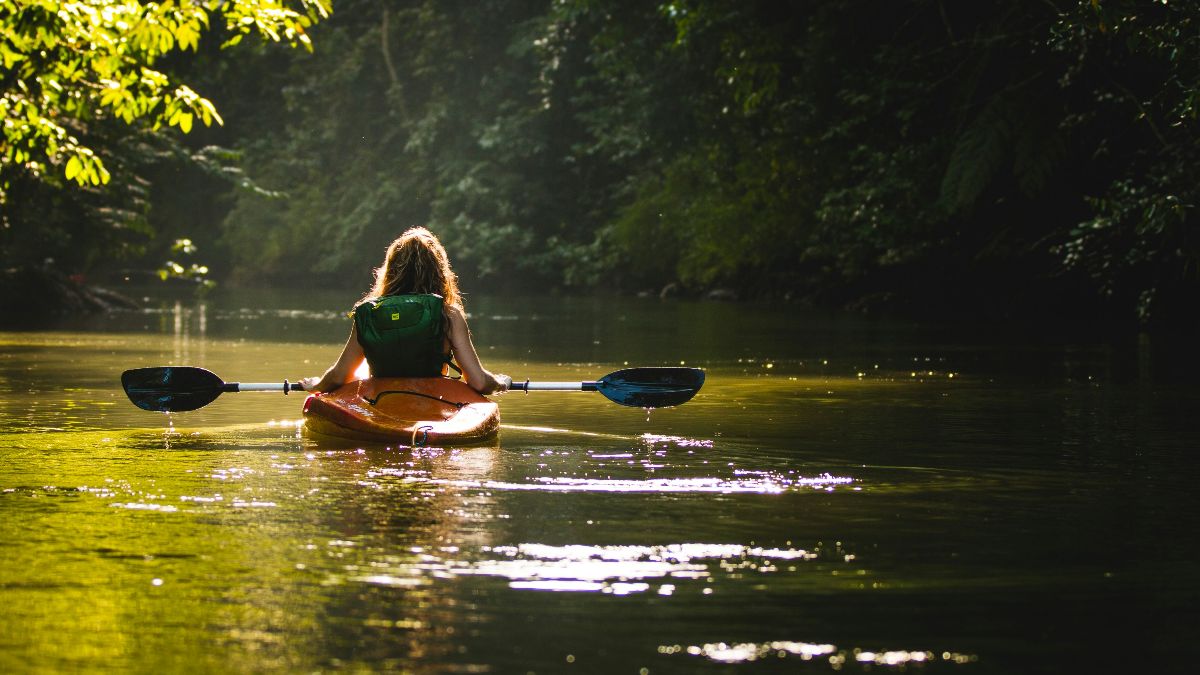For travelers who don’t mind a challenge, the remote national parks in Central America offer the most isolated and least-visited natural wonders in the region. Each one protects rare wildlife and ecosystems that survive largely unchanged, from Belize’s southern wetlands to Panama’s Darién jungle.
Over the past 25 years or so Central America travel has definitely become a little more sanitized, a little less rugged, That coincides, obviously, with the tourism boom in countries like Belize, Costa Rica, and Panama, which have all become more mainstream destinations with wide ranges of hotels, resorts, and activities to enjoy. And the rest of the region isn’t too far behind either, all attracting travelers less interested in getting off the beaten path and more interested in a tropical vacation on a great beach with access to rainforests, nature, and culture when required.
But that doesn’t mean Central America has lost its wild side. The region still has plenty of places where reaching the destination takes effort, where wilderness dominates, and where visitors are few. Among the best examples are its most remote national parks, vast and little-known reserves that protect ecosystems few people ever see. This article highlights the most remote national parks in each country.
Planning Your Trip
But before we dive in, it’s worth pointing out that reaching these remote national parks takes preparation. Distances are long, access routes are often rough, and weather can swing from heat to heavy rain in the same afternoon. The right planning and equipment make a demanding trip manageable and safe.
Gear and Clothing
Lightweight, quick-drying clothing is essential for hot, humid conditions. Bring a waterproof jacket, sturdy hiking shoes, and plenty of insect repellent. A drybag or waterproof case will protect electronics, permits, and documents during river or boat travel.
Photography and Equipment
If you’re bringing photography gear a step or two above from your phone, compact and weather-resistant models work best. Think along the lines of a good, lightweight, travel camera. Decent stabilization helps on hikes or boats, and spare batteries are a must since charging options are limited in remote areas.
Health and Safety
Pack a small first-aid kit, water purification tablets or a reusable filtered bottle, and reliable mosquito protection. Some lowland regions carry a risk of mosquito-borne illness, so precautions are sensible. Always check local weather, tides, or river conditions before heading out, and avoid swimming or hiking in unmarked areas.
Guides and Permits
Several of these remote Central American national parks require certified guides and advance permits. Even where they’re optional, local expertise is vital for safe navigation and insight into wildlife and culture.
Transport and Accommodation
Expect a mix of long drives, boat transfers, and occasional small flights to reach the entrances of these parks. Shared transfers or buses reduce costs and environmental impact. Accommodation options are sometimes limited to ranger stations, basic camps, or small community-run eco-lodges, so book early and travel light.
Connectivity and Supplies
Internet and phone coverage are patchy or nonexistent in some of these areas. Carry printed maps or GPS coordinates, along with enough cash, food, and water for the duration of your stay.
Belize: Sarstoon-Temash National Park
At the southern tip of Belize, Sarstoon-Temash National Park marks the country’s final frontier. Spanning over 40,000 acres between the Sarstoon and Temash Rivers, this Ramsar-listed wetland reserve borders Guatemala and is accessible only by boat from Punta Gorda. The journey itself, navigating shallow channels through red mangrove forests, is part of the adventure.
Within its maze of wetlands, lowland forests, and saline lagoons, Sarstoon-Temash shelters over 230 bird species and some of Belize’s least-disturbed ecosystems. Manatees drift through the estuaries while jaguars, ocelots, and tapirs roam the inland forests. It is also home to Belize’s only comfra palm stands and a unique inland sphagnum bog found nowhere else in Central America.
The park is managed jointly by the Belize Forest Department and the Sarstoon-Temash Institute for Indigenous Management (SATIIM), ensuring that the Kekchi Maya and Garifuna communities who have lived here for generations remain central to its stewardship. Visitors typically explore by guided river tour, sometimes camping along the banks. This is Belize at its most raw; a true, living, wetland wilderness where conservation and culture meet.
Costa Rica: Corcovado National Park
Few places on Earth rival Corcovado National Park for wildlife or wilderness. Located on Costa Rica’s remote Osa Peninsula, this park protects the largest remaining stretch of Pacific lowland rainforest in Central America. Reaching it is not easy since access involves river crossings, boat rides, and guided treks through deep jungle, but the payoff is extraordinary biodiversity.
Corcovado contains 13 distinct ecosystems that range from mangroves and palm swamps to cloud forest and wild coastline. Jaguars, tapirs, and peccaries still roam freely while scarlet macaws, toucans, and harpy eagles fill the canopy. Four species of sea turtles nest on its beaches and all four of Costa Rica’s monkey species inhabit its forests.
Permits and certified guides are mandatory, with different ranger stations like Sirena, San Pedrillo, and La Leona serving as gateways. Trails are rugged and conditions humid, but the experience is unmatched, offering a raw encounter with one of the planet’s most biologically intense places.
El Salvador: El Imposible National Park
Named for a once-treacherous trade route deemed impossible to cross, El Imposible National Park is El Salvador’s wildest protected area. Located in highlands near the Guatemalan border, it covers some 5,000 hectares of steep mountains, deep canyons, and forested ridges between 250 and 1,500 meters in elevation.
Its landscapes shift from dry tropical forest to misty cloud forest, sheltering tapirs, pumas, ocelots, and hundreds of bird species including hawk-eagles and toucanets. The park’s trails lead through jungle river valleys and up to viewpoints, while clear pools and seasonal waterfalls invite refreshing stops.
Cultural history adds depth here, with archaeological sites like Piedra Sellada featuring ancient petroglyphs over a thousand years old. Facilities are limited to basic camping areas and simple visitor stations, keeping the atmosphere rugged and authentic.
Guatemala: Mirador-Río Azul National Park
Far beyond Guatemala’s well-known Tikal lies a wilderness few travelers ever see. The Mirador-Río Azul National Park occupies more than 1,100 square kilometers in the northern Petén, forming part of the immense Maya Biosphere Reserve. It preserves one of Central America’s last unbroken rainforests and an archaeological landscape of global importance.
The park contains over 40 ancient Maya cities, including the monumental site of El Mirador whose La Danta pyramid rises 70 meters above the canopy. Preclassic causeways stretch for miles, connecting once-thriving urban centers now reclaimed by jungle. Wildlife thrives amid the ruins as jaguars, tapirs, and white-lipped peccaries wander through towering ceiba trees and dense bajos.
Getting here requires effort and time. Multi-day expeditions from Carmelita involve hiking through rainforest and camping en route, guided by local experts who supply logistics and security. The isolation has kept both the forest and its cultural heritage remarkably intact, making Mirador-Río Azul a true frontier for scientific research and wilderness exploration.
Honduras: Río Plátano Biosphere Reserve
The Río Plátano Biosphere Reserve is Honduras’s ultimate wildland and a UNESCO World Heritage Site covering more than 5,000 square kilometers in the remote Mosquitia region. It extends from the Caribbean coast deep into mountainous interior forest, encompassing mangroves and lagoons, cloud forest peaks, and rainforests.
This is one of Central America’s great ecological corridors, linking to Nicaragua’s Bosawás Reserve to form a vast transboundary wilderness. Over 300 bird species inhabit the area, along with jaguars, tapirs, howler monkeys, manatees, and river otters. Archaeological traces of ancient civilizations still line the riverbanks.
Access is part of the challenge. Visitors typically fly into small airstrips or travel for days by boat along the Río Plátano, staying in simple village lodges or camping near the forest edge. The reserve is home to Miskito, Pech, Tawahka, and Garífuna communities, whose traditional knowledge is essential for navigation and conservation. Despite threats from logging and agriculture, Río Plátano remains one of the continent’s last intact tropical frontiers.
Nicaragua: Cerro Saslaya National Park (Bosawás Biosphere Reserve)
In northeastern Nicaragua, Cerro Saslaya National Park forms the core of the Bosawás Biosphere Reserve, a massive stretch of rainforest covering some 15 percent of the country. Together they form the second-largest tropical forest in the Western Hemisphere after the Amazon.
The terrain is diverse, with humid lowland jungle, mist-shrouded mountains, and clear rivers weaving through ancient volcanic landscapes. Cerro Saslaya itself rises to nearly 1,600 meters, cloaked in dense cloud forest where harpy eagles, quetzals, and giant anteaters live. Jaguars, tapirs, and monkeys are also found in this vast expanse.
Indigenous Mayangna and Miskito communities manage large parts of Bosawás under autonomous land rights, balancing subsistence living with environmental stewardship. Tourism here is minimal, involving river journeys and community-based treks guided by local experts. For travelers seeking a true wilderness, Bosawás and Cerro Saslaya is worth it for those who make the effort.
Panama: Darién National Park
Panama’s Darién National Park defines the word remote. Stretching nearly 580,000 hectares along the Colombian border, it is the largest national park in Central America and probably the most formidable. This is where you’ll find the famous Darién Gap, that impassable section of jungle that interrupts the Pan-American Highway and marks the frontier between North and South America.
Within its dense, rainforest-clad mountains, rivers, and estuaries live harpy eagles, brown-headed spider monkeys, and tapirs, along with more than 500 bird species and hundreds of amphibians and reptiles. The region also supports Emberá, Wounaan, and Guna communities who maintain traditional lifestyles inside the park and guide small groups of visitors.
Access typically involves flights to El Real or boat journeys beyond Yaviza, followed by travel upriver to indigenous settlements and protected forest zones. There are no roads and conditions can be challenging, but the sense of discovery is unmatched. The Darién remains one of the hemisphere’s last untouched strongholds of rainforest wilderness, immense, alive, and humbling in its scale.
Final Thoughts
It’s often a surprise to visitors that Central America as a region is one of the most protected parts of the world in terms of national parks and natural reserves. Some 23-25 percent of Central America counts as a protected area. This is one of the highest percentages of protected territory in the world. On their own, Belize, Panama, and Costa Rica each have well over a quarter of their territories forming some sort of national park or nature reserve (36%, 35%, and 28% respectively). That means there are plenty of other remote spaces to visit aside from the parks listed above.
Nonetheless, the seven parks listed here represent some of the hardest-to-reach and most remote parks in the region. They’re not casual destinations, by any means; they’re serious wilderness areas requiring real effort and preparation. The reward is access to landscapes that remain largely unchanged and ecosystems that still function as they always have. For travelers ready to plan properly and go the distance, Central America’s most remote national parks offer some of the wildest experiences left in the region.



